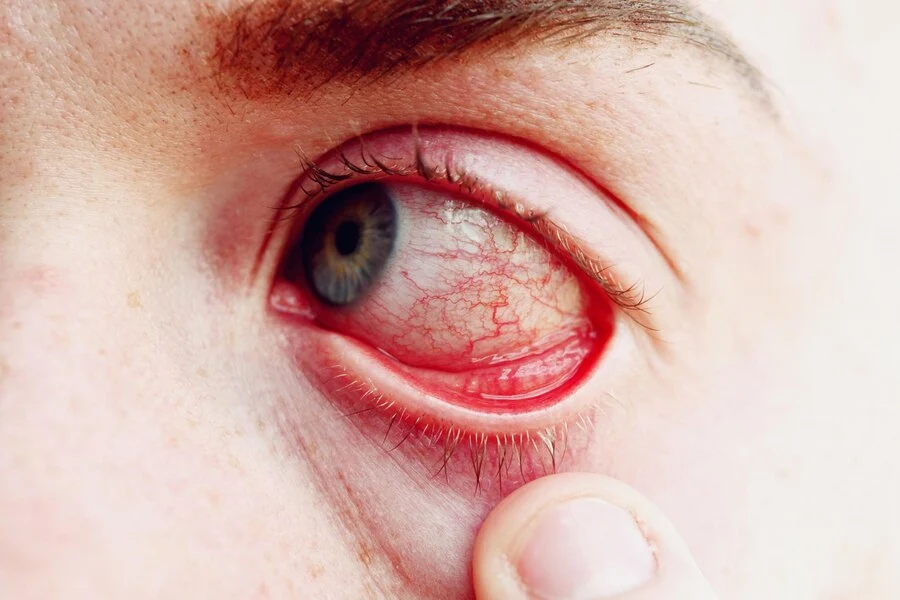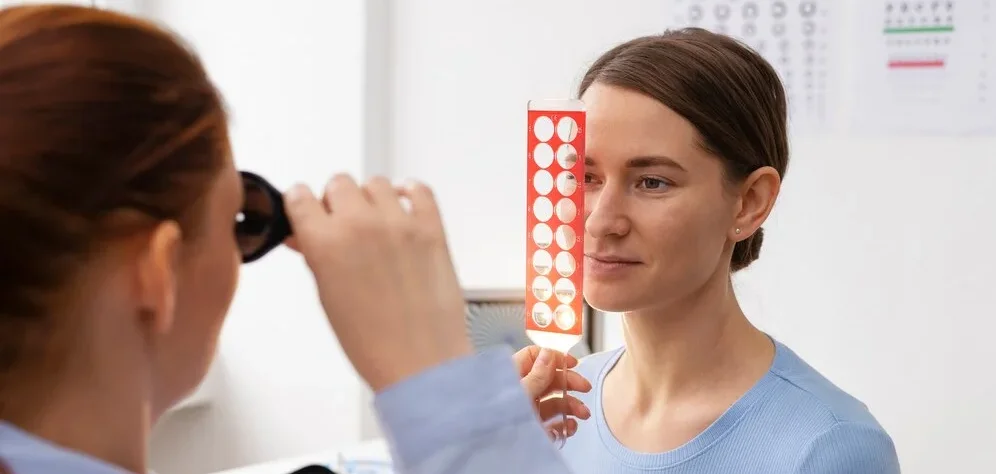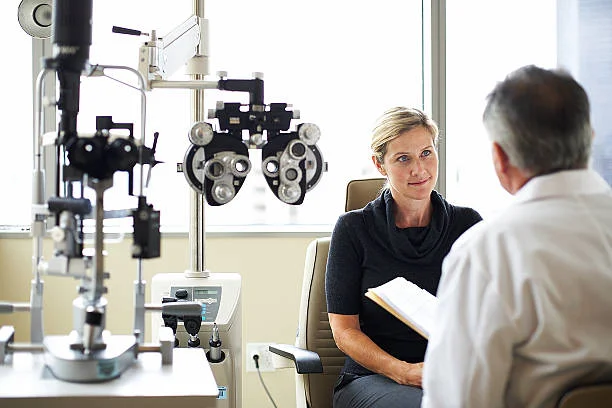Understanding how blood sugar levels influence the progression of diabetic retinopathy is crucial for effective management and prevention of vision loss.
The Connection Between Blood Sugar and Diabetic Retinopathy
Diabetic retinopathy is one of the most common and significant consequences of diabetes, affecting the eyes and potentially resulting in blindness if not treated. The illness is caused by chronically high blood sugar levels, which damage the blood vessels in the retina, the light-sensitive tissue in the back of the eye. This injury may cause the vessels to leak fluid or bleed, obscuring vision.
Maintaining stable blood sugar levels is critical to managing diabetes and its consequences. Consistently elevated blood sugar exacerbates damage to the retinal blood vessels. In contrast, maintaining blood sugar levels within a specific range helps limit the growth of diabetic retinopathy, allowing vision to be preserved for a longer period.
If you feel any symptoms, schedule a comprehensive eye exam at Elite Eye Care.

Mechanisms of Damage: How High Blood Sugar Affects the Eyes
High blood sugar levels lead to a cascade of harmful eye effects. The primary mechanism involves damage to the small blood vessels in the retina, a condition known as microangiopathy. This damage can cause the blood vessels to swell, leak, or close off entirely. When this happens, the retina becomes deprived of the oxygen and nutrients it needs to function correctly.
Another mechanism involves the formation of abnormal new blood vessels in a process known as neovascularization. These new vessels are fragile and more likely to rupture and bleed, leading to further vision impairment. Additionally, high blood sugar levels can cause the retinal tissue to swell, a condition known as macular edema, which can severely affect central vision.

Early Warning Signs and Symptoms to Watch For
Diabetic retinopathy often develops without noticeable symptoms in the early stages, making regular eye exams crucial for early detection. However, as the condition progresses, several symptoms may emerge. These can include blurry vision, floaters (small spots or strings that drift through your field of vision), and difficulty seeing colors or fine details.
In more advanced stages, individuals might experience dark or empty areas in their vision, fluctuating vision, or even vision loss. If you have diabetes and notice any changes in your vision, it's important to contact an eye care professional immediately. Early intervention can significantly improve the prognosis and slow the progression of the disease.

Strategies for Managing Blood Sugar to Slow Disease Progression
Effective management of blood sugar levels is key to slowing the progression of diabetic retinopathy. This involves a combination of lifestyle changes, medication, and regular monitoring. A balanced diet rich in whole grains, vegetables, and lean proteins can help maintain stable blood sugar levels. Avoiding sugary foods and beverages is also crucial.
Regular physical activity can improve insulin sensitivity and help control blood sugar levels. Medications, including insulin and other oral diabetes medications, can also play a vital role in managing diabetes. Monitoring blood sugar levels regularly with a glucose meter allows for timely adjustments to diet, exercise, and medication. Working closely with a healthcare team can help tailor a management plan that suits individual needs.

The Role of Regular Eye Exams in Preventing Vision Loss
Regular eye exams are a cornerstone in the prevention and management of diabetic retinopathy. These exams can detect changes in the retina before symptoms become noticeable, allowing for early intervention. The American Diabetes Association recommends that individuals with type 1 diabetes have an eye exam within five years of diagnosis, and those with type 2 diabetes have an exam shortly after diagnosis.
During an eye exam, an eye care professional will use specialized tools to examine the retina and blood vessels for signs of damage. They may also perform fluorescein angiography, where a dye is injected into the bloodstream to highlight the retinal blood vessels. Consistent follow-up appointments are essential to monitor the condition and adjust treatment as necessary. Early detection and treatment can prevent significant vision loss and improve the quality of life for those with diabetes.
Elite Eye Care provides best eye care services in New York. You can book your eye examination at nearby location!

